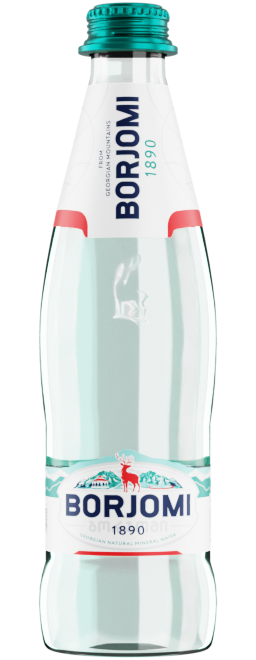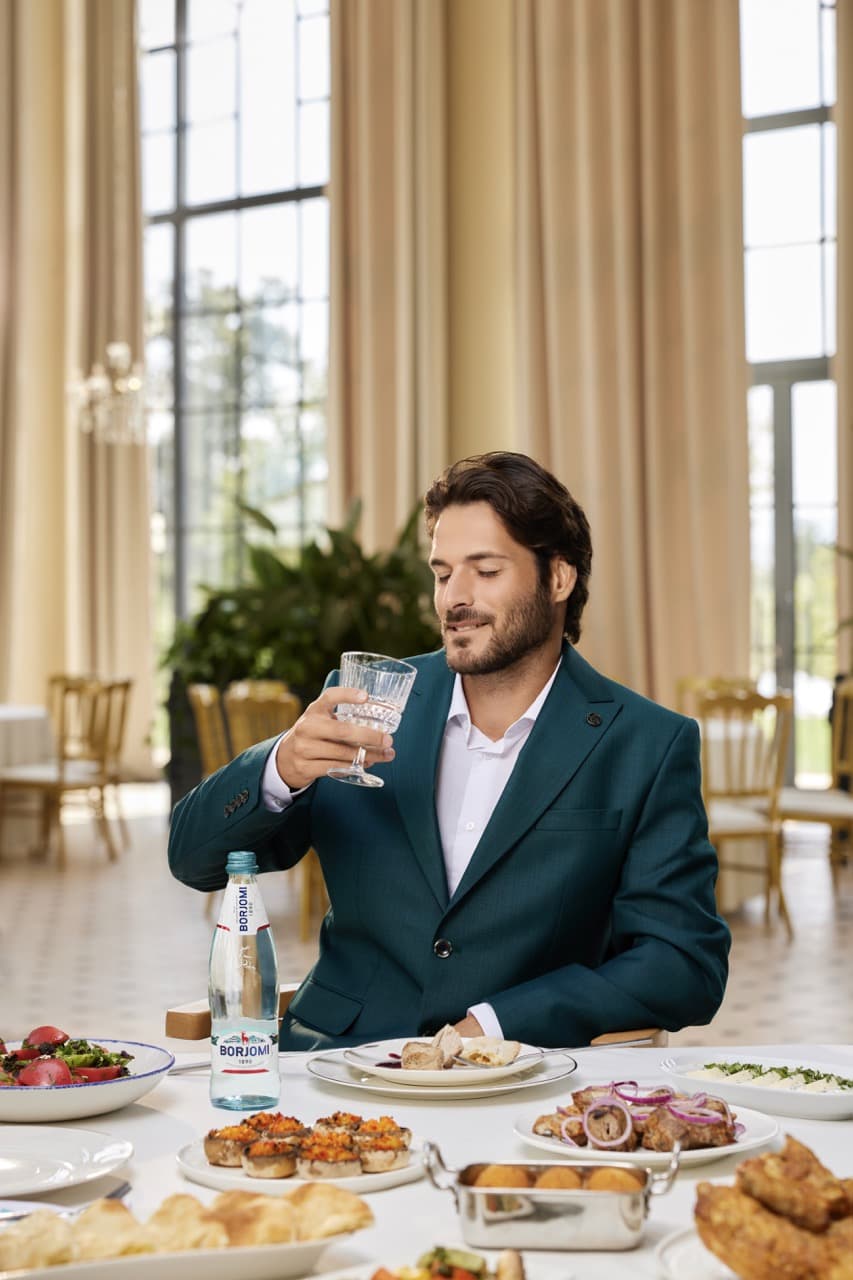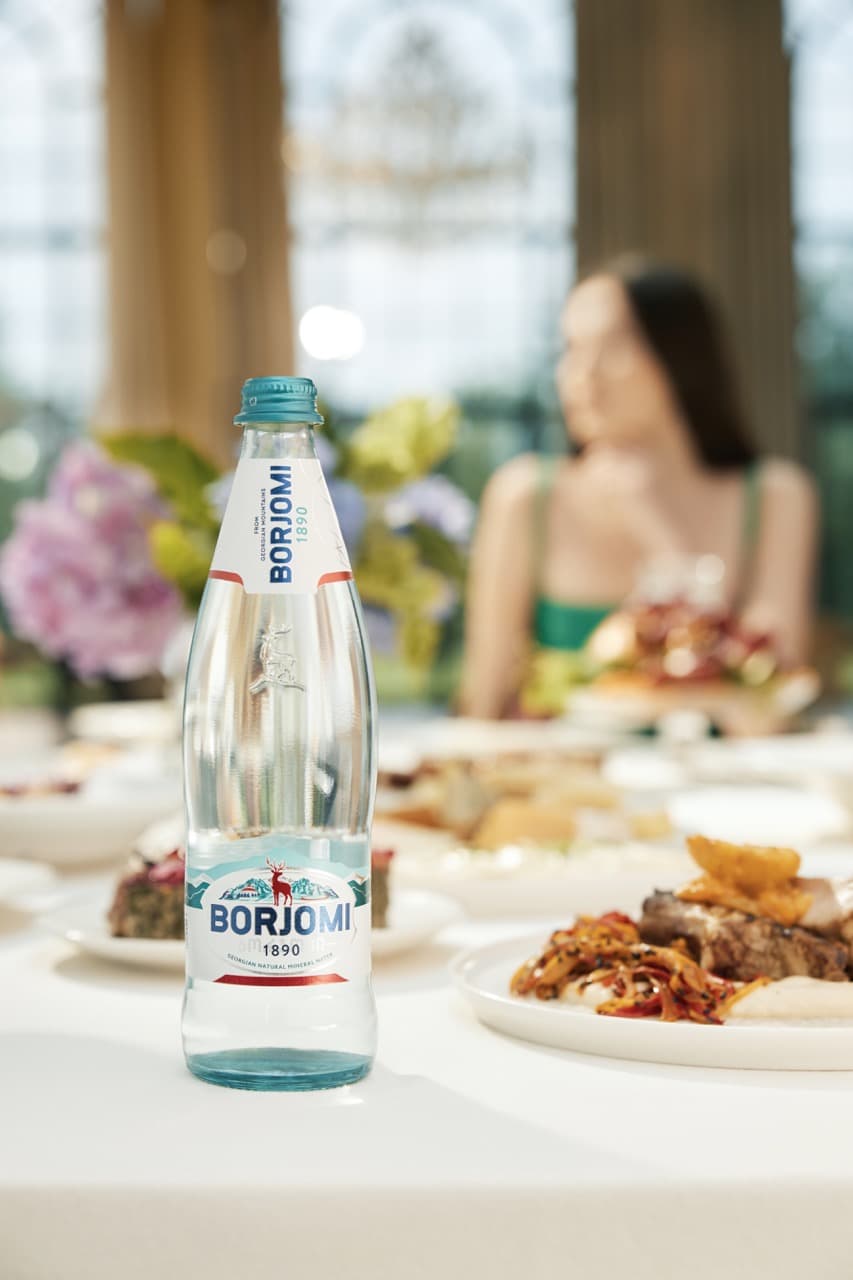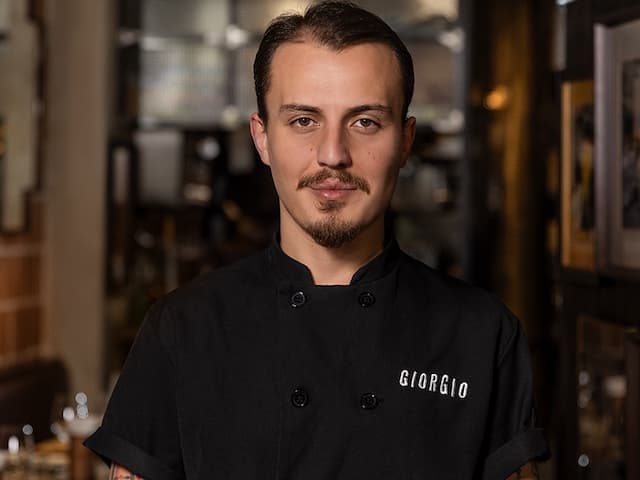
Chef
Luka Nachkebia
Everything around us works through the laws of physics and chemistry and if you ask me - culinary is a science. I am a scientist, a food technologist and I try to create art work in the form of delicious food using organic chemistry, biochemistry and physics.Though, apart from science culinary involves a good deal of emotions. I try to evoke emotions, curiosity and revive memories stored deeply in our minds. That's what I share with my students at the Agrarian University Culinary Academy.

Bream with spinach
Georgia has lots of rivers, lakes, reservoirs, and at the same time a great sea coast line but still we don't have a coulture of cooking fish. After reading these phrases there must appear a person, whose family has a lot of recepies of making fish dishes, survived from the ancestors. I want to tell this person: - You are one in a million and, we mortals, do not respect fish enough. So, I decided to show my respect: today we'll cook the Black Sea Bream (the same Black Sea crucian carp), with tasty white flesh and a pleasant aroma.

Mac


Mineral water Borjomi



see more
Georgian Gastronomical Adventure











































































